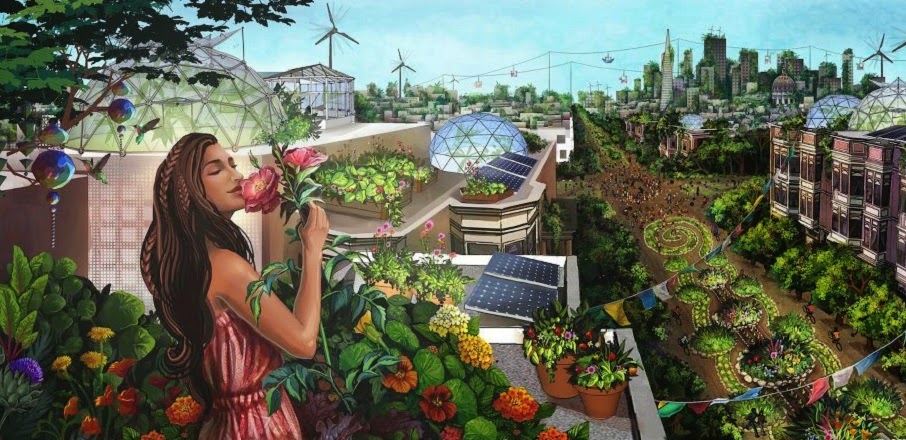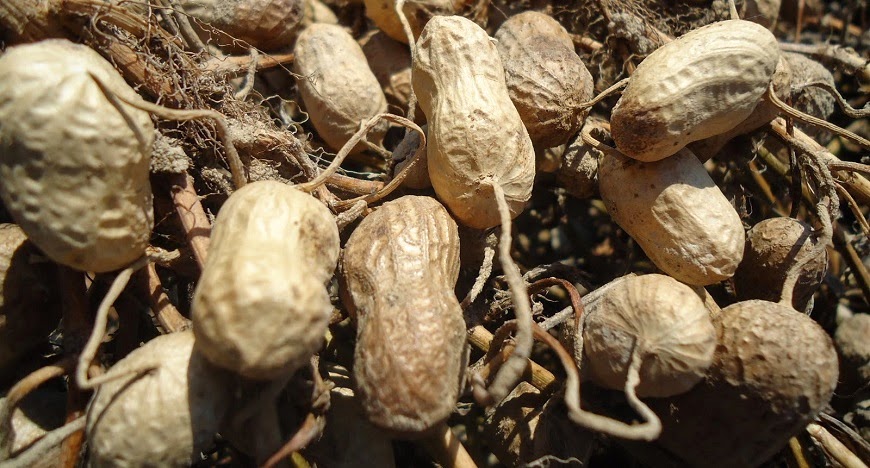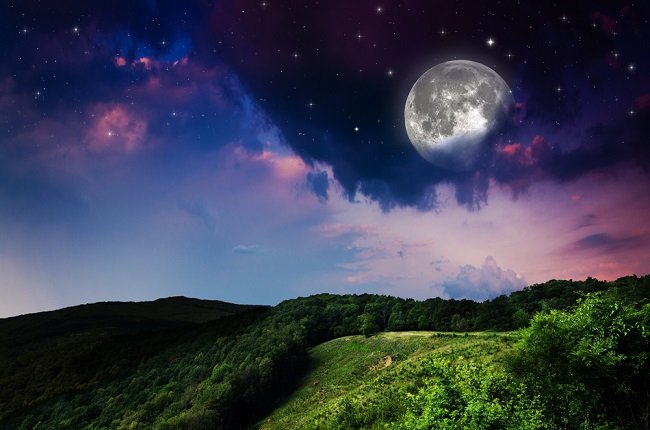Permaculture could be defined as the conscious design and maintenance of productive agricultural ecosystems, which have the diversity of stability and resistance of natural ecosystems in the harmonious integration of landscape and people, producing with our poropia energy shelter certain needs in a way sustainable.

When we refer to the term ” permaculture “, we are referring to the tools that we have at our disposal, either as individuals or to work together, with an awareness of the benefits that we can obtain from working with the land. Permaculture is one of the best positions to achieve a vision that connects life with ecology and a more conscious state about our connection with the earth.
What does permaculture mean?
This term has a double meaning, where two important conditions of our life as individuals that interact with each other come together, it is about culture and the permanence of nature. In order for this purpose of permaculture to be carried out, it is necessary to work in favor of our environment, in favor of nature and without damaging it.
A lifestyle
Agriculture, that is, the conscious work of crops is not the only area to which permaculture is relegated, but it can be applied to our life in general, but it is usually directly related to ecology. Modern culture has lost contact with nature and has become invasive, which includes the degradation of soils, the impact on the biodiversity of ecosystems, the destruction of habitats and the contamination of land, water and our communities. food, see information about Monsanto.
Principles of permaculture
One of the first names linked to permaculture is that of Bill Mollison and David Holmgrem who through their research were able to design a way to work the land, through cultivation and without damaging our environment. easier and in support of nature, using modern technology in order to avoid or reduce the impact on the environment and the quality of food, is a consequence of this movement of change in ecology, known as the principles of permaculture.
Beyond crops
As we mentioned before, permaculture can go even further than agriculture, this position can look for alternatives so that our way of life on the planet is healthier and can be aligned with the conditions of nature, without invading or destroying it.
Permaculture practices also encompass the use and production of renewable energy, ioconstruction, development in communities for work and economy-based production, etc.
Bill Mollison makes clear his vision on what this principle is with the following reflection:
“ Permaculture (Permanent Agriculture) is the conscious design and maintenance of productive agricultural ecosystems, which have the diversity, stability and resistance of natural ecosystems. It is the harmonious integration of the landscape and people producing food, energy, shelter and other non-material necessities in a sustainable way ”(Bill Mollison 1988, Permaculture A Desingners manual)







